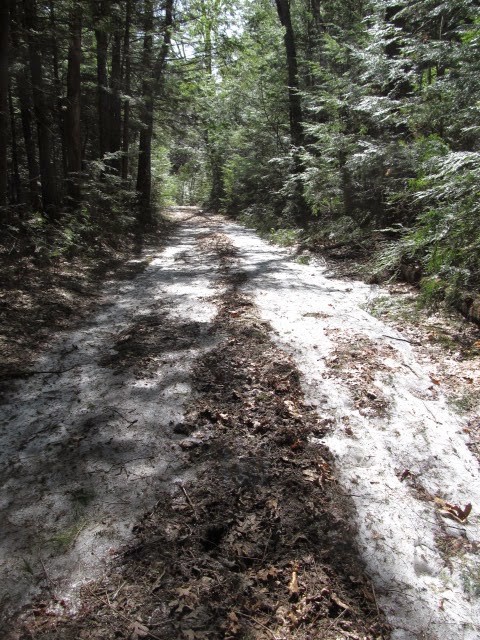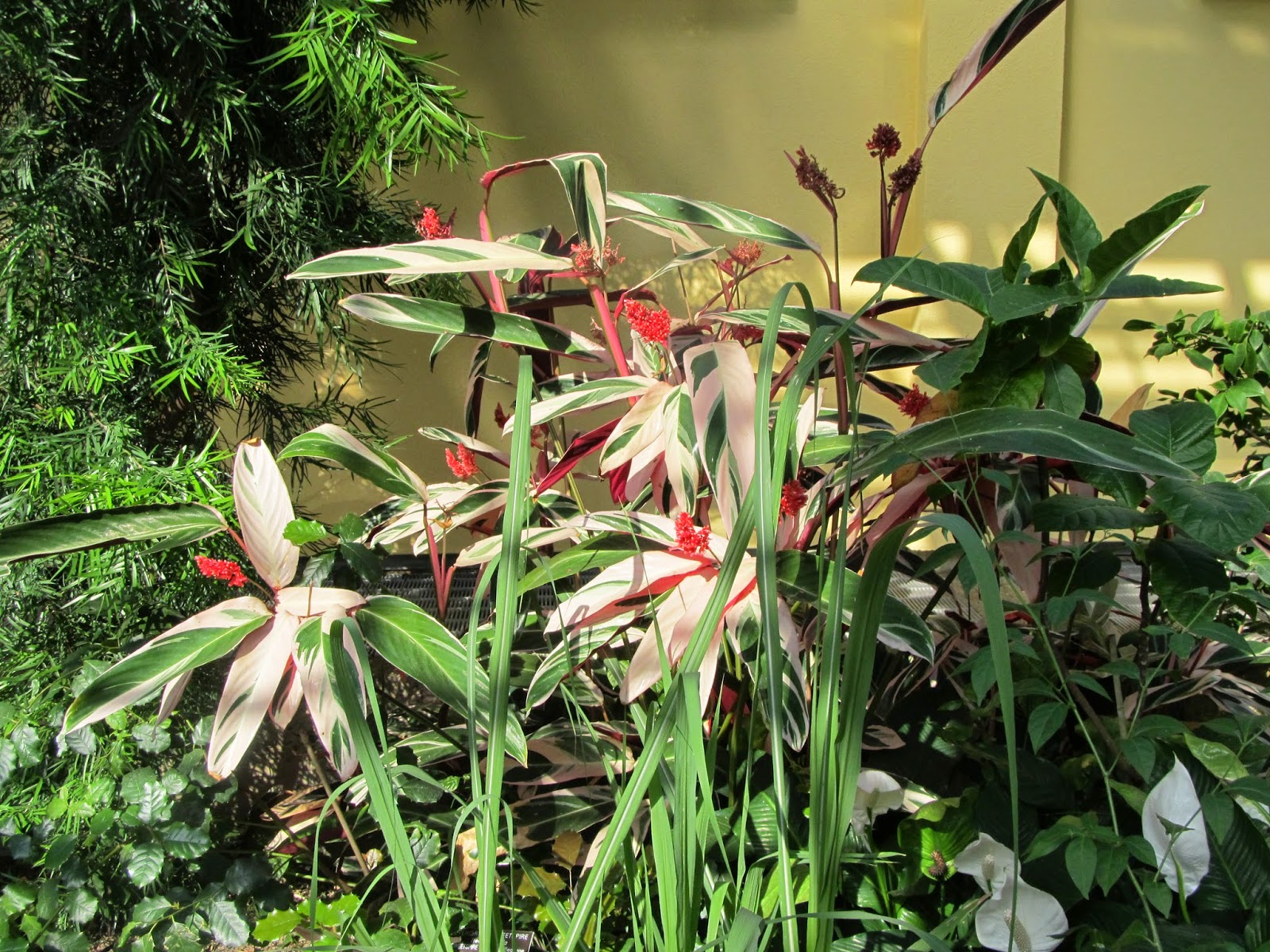 Imidacloprid was the first of this class of chemicals to be marketed. It was patented in the U.S. in the late 1980s and is still one of the most popular pesticides in use throughout the world. You may have seen this chemical on bags of grub killer. For years neonicotinoids were considered relatively safe to non-target insects, but more recently that claim has been called into question. The connection to bees and colony collapse disorder led the European Union to place a ban on three of these chemicals - clothianidin, imidacloprid and thiametoxam in December, 2013. The ban is to be reviewed by the end of this year.
Imidacloprid was the first of this class of chemicals to be marketed. It was patented in the U.S. in the late 1980s and is still one of the most popular pesticides in use throughout the world. You may have seen this chemical on bags of grub killer. For years neonicotinoids were considered relatively safe to non-target insects, but more recently that claim has been called into question. The connection to bees and colony collapse disorder led the European Union to place a ban on three of these chemicals - clothianidin, imidacloprid and thiametoxam in December, 2013. The ban is to be reviewed by the end of this year.Within the past several years, there have been several disturbing reports regarding adverse impacts to insects, birds and aquatic biota from inadvertent exposure to these chemicals. Research conducted earlier this year at the University of Minnesota showed lethal impacts to Monarch and Painted Lady larvae when fed on milkweed treated with Imidacloprid. After a seven day exposure, the monarch larvae had a 100 percent mortality. For the Painted Lady, only a few survived. Listen at http://www.entomology.umn.edu/news-events/news/early-research-links-insecticide-monarch-butterfly-deaths. Making matters worse, a study published this month in Nature shows that bees prefer plants containing neonicotinoids demonstrating that appears that the neonicotinoids may have an addictive quality for pollinators similar to nicotine for humans.
The good news is that the public is taking notice, resulting in companies and municipalities proactively taking action. This month, the City of Portland, Oregon passed an ordinance to halt the use of neonicotinoids on city property. In addition to seeing massive bee die-offs due to improper application of these pesticides in Oregon, the city took action due to impacts seen to pollinators even when the pesticides are applied in accordance with the label instructions. Other cities in Washington and Oregon including Seattle and Eugene have already passed similar prohibitions. And, last year, the U.S. Fish and Wildlife Service pledged to cease applying neonicotinoid insecticides on wildlife refuges by the year 2016.
 This month, Lowes home improvement centers announced that they would phase out selling products containing neonicotinoids within the next four years. Hopefully, it will not take that long. Unfortunately, Home Depot has only vowed to label plants that they sell that have been treated with neonicotinoids. I just discovered this today, when I went to plant a couple perennials purchased from the store. As I removed one plant from its pot, this label pictured on the right fell to the ground. I think it was hidden behind the plant description. Does this look like a warning, or a marketing ploy to buy a plant that is protected against "problematic" insects? I don't want to return the plant since it would just be resold and planted, so I will instead destroy it and write a letter to the store manager stating that this is not an adequate response for addressing this very real threat to the environment. I am confident that, even without an EPA ban, consumer knowledge and preferences will result in more local prohibitions and retailers voluntarily removing these products from their shelves.
This month, Lowes home improvement centers announced that they would phase out selling products containing neonicotinoids within the next four years. Hopefully, it will not take that long. Unfortunately, Home Depot has only vowed to label plants that they sell that have been treated with neonicotinoids. I just discovered this today, when I went to plant a couple perennials purchased from the store. As I removed one plant from its pot, this label pictured on the right fell to the ground. I think it was hidden behind the plant description. Does this look like a warning, or a marketing ploy to buy a plant that is protected against "problematic" insects? I don't want to return the plant since it would just be resold and planted, so I will instead destroy it and write a letter to the store manager stating that this is not an adequate response for addressing this very real threat to the environment. I am confident that, even without an EPA ban, consumer knowledge and preferences will result in more local prohibitions and retailers voluntarily removing these products from their shelves.























































